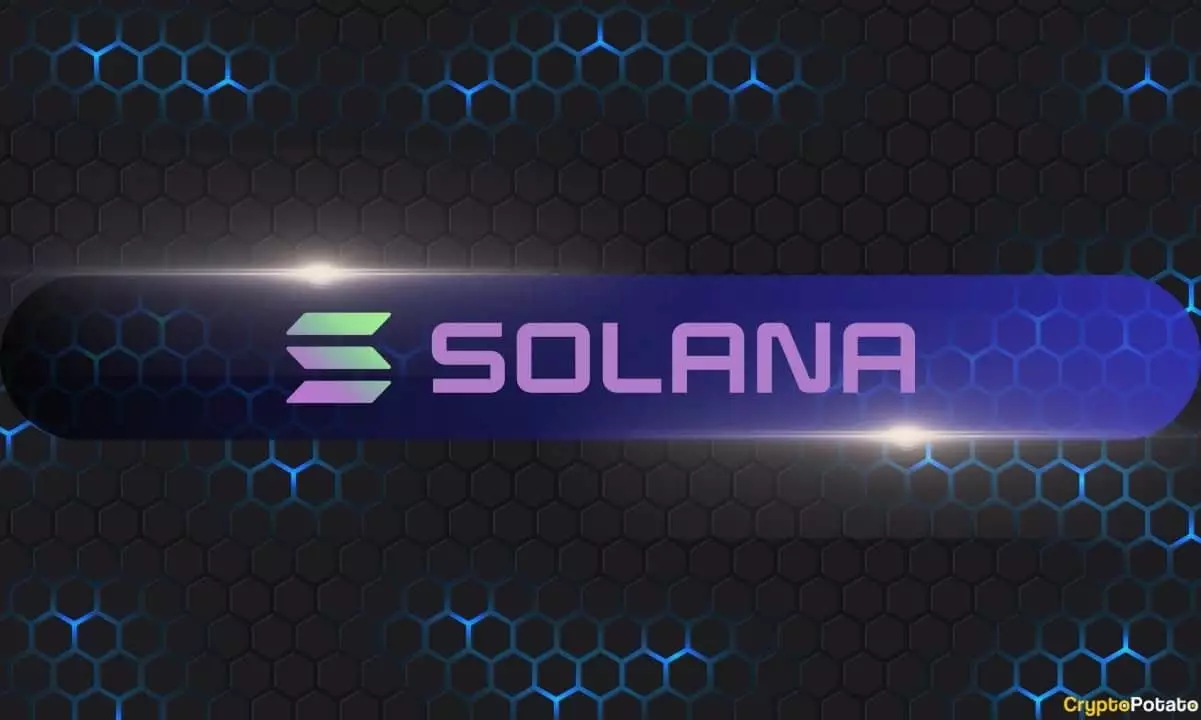The Solana blockchain has swiftly become a focal point of heated debate in the cryptocurrency community, often criticized for being a hotbed of speculative ventures. While such accusations can lead to a general distrust of the platform, it is crucial to navigate the complexities behind these trends rather than simply categorizing them as negative. Mert Mumtaz, CEO of Helius Labs, stands as a voice defending Solana against criticisms that lump it together with the unethical behavior of a few in the industry.
Recently, the surge in activity on the Solana blockchain has been significantly driven by the popularity of meme coins, including those bearing the names of prominent figures like U.S. President Donald Trump and his wife Melania, with coins such as Official Trump (TRUMP) and Melania Meme (MELANIA). Although these assets have undoubtedly injected a lively pulse into the marketplace, they have also attracted swathes of skeptical observers. Critics argue that the speculative nature of these coins creates a tumultuous environment for retail traders, many of whom have suffered losses after participating in volatile trading patterns often incentivized by insider maneuvers.
A stark example is the recent emergence of LIBRA, a coin that gained unexpected traction due to its association with Argentine President Javier Milei. Following an explosive push in market capitalization to over $4 billion, Milei’s withdrawal of endorsement triggered a dramatic 90% decline in the coin’s value. The fallout from such rapid fluctuations is likely to impact public confidence, with many investors left in disarray. This environment, marked by such high-stakes gambling, raises compelling questions about the sustainability of Solana as a mainstream blockchain network.
Insider Trading and Accountability in the Crypto World
The LIBRA incident illustrates a troubling aspect of the cryptocurrency market: the prevalence of insider trading. Reports indicated that certain individuals profited handsomely during the brief euphoria surrounding LIBRA, raising ethical concerns about the power dynamics between large investors and retail traders. Hayden Davis, the trader behind LIBRA’s launch, boasted gains exceeding $100 million, putting into question the fairness of the market when profits are amassed on the backs of less-informed participants.
Moreover, the atmosphere of distrust intensified when allegations surfaced against platforms like Jupiter and Meteora, suggesting a potential collusion in supporting LIBRA’s antics. The subsequent resignation of Meteora co-founder Ben Chow underscores the severity of the allegations, leading to an independent investigation that seeks to restore faith in the platform. In such an environment, it is understandable that critics would lash out against Solana as a whole.
Despite these upheavals, Mumtaz argues that the overwhelming narrative against Solana overlooks the substantial innovations being cultivated within its ecosystem. He asserts that labeling the blockchain as merely a “meme coin casino” fails to recognize its multifaceted use cases, ranging from decentralized GPU rendering and confidential payment solutions to tokenized real estate ventures and on-chain governance.
The challenge lies in shifting focus from sensational short-term trading phenomena to the long-term value generated by diligent builders. Mumtaz contends that the reality is more complex than conventional wisdom might suggest, with more “grifters” often overshadowing those genuinely attempting to innovate. This dichotomy raises important questions about how to foster a healthier, more sustainable blockchain ecosystem moving forward.
The scrutiny currently placed on Solana is reminiscent of the challenges faced by Ethereum during the 2017 initial coin offering (ICO) boom. At that time, a staggering number of projects were criticized for fraudulent activities, with Ethereum’s platform serving as a launchpad for scams that took millions from unsuspecting investors. Yet, Ethereum has successfully reformed and established itself as a leading platform in blockchain technology, demonstrating resilience that could serve as a model for Solana.
As the discussions around Solana continue to evolve, it becomes increasingly clear that a holistic examination of the platform—considering both its potentials and pitfalls—is imperative. Critics must acknowledge that the misdeeds of a few do not reflect the true ambitions of an entire ecosystem filled with passionate creators. It is this balance between innovation and integrity that ultimately defines the trajectory of blockchain technologies, including Solana.
















Leave a Reply